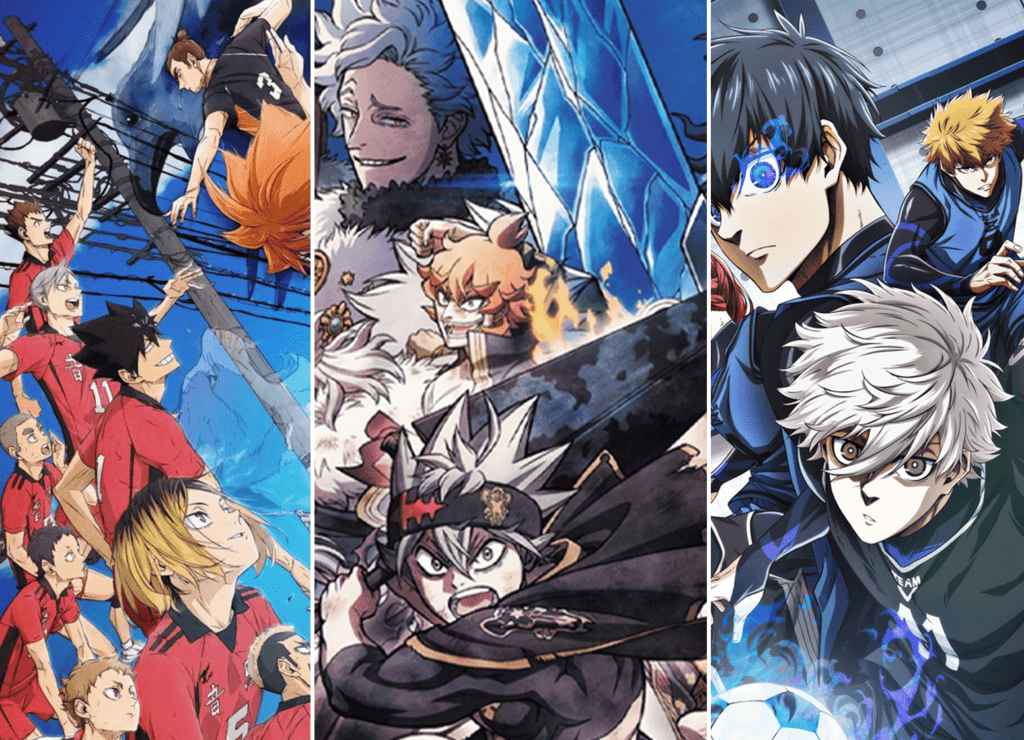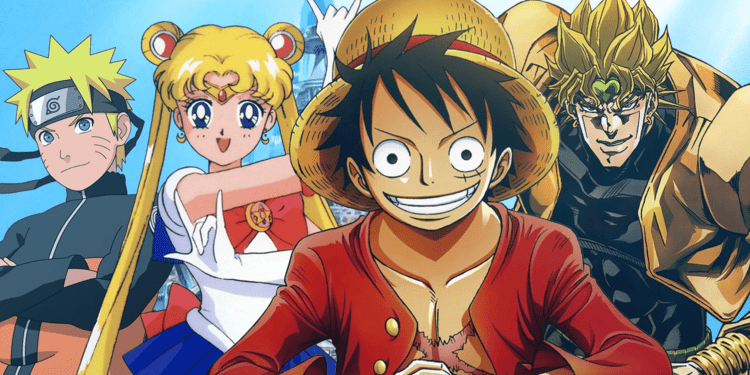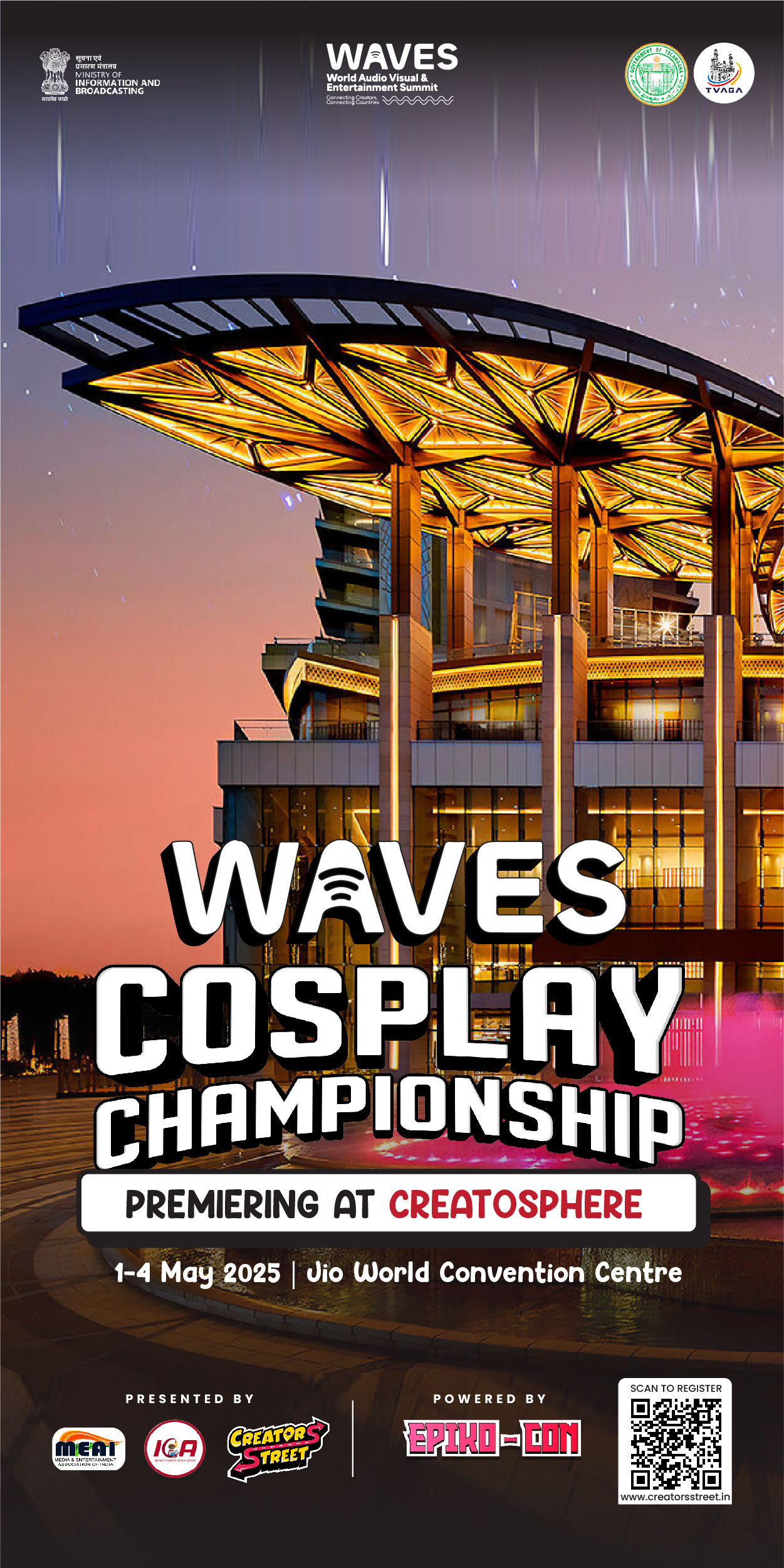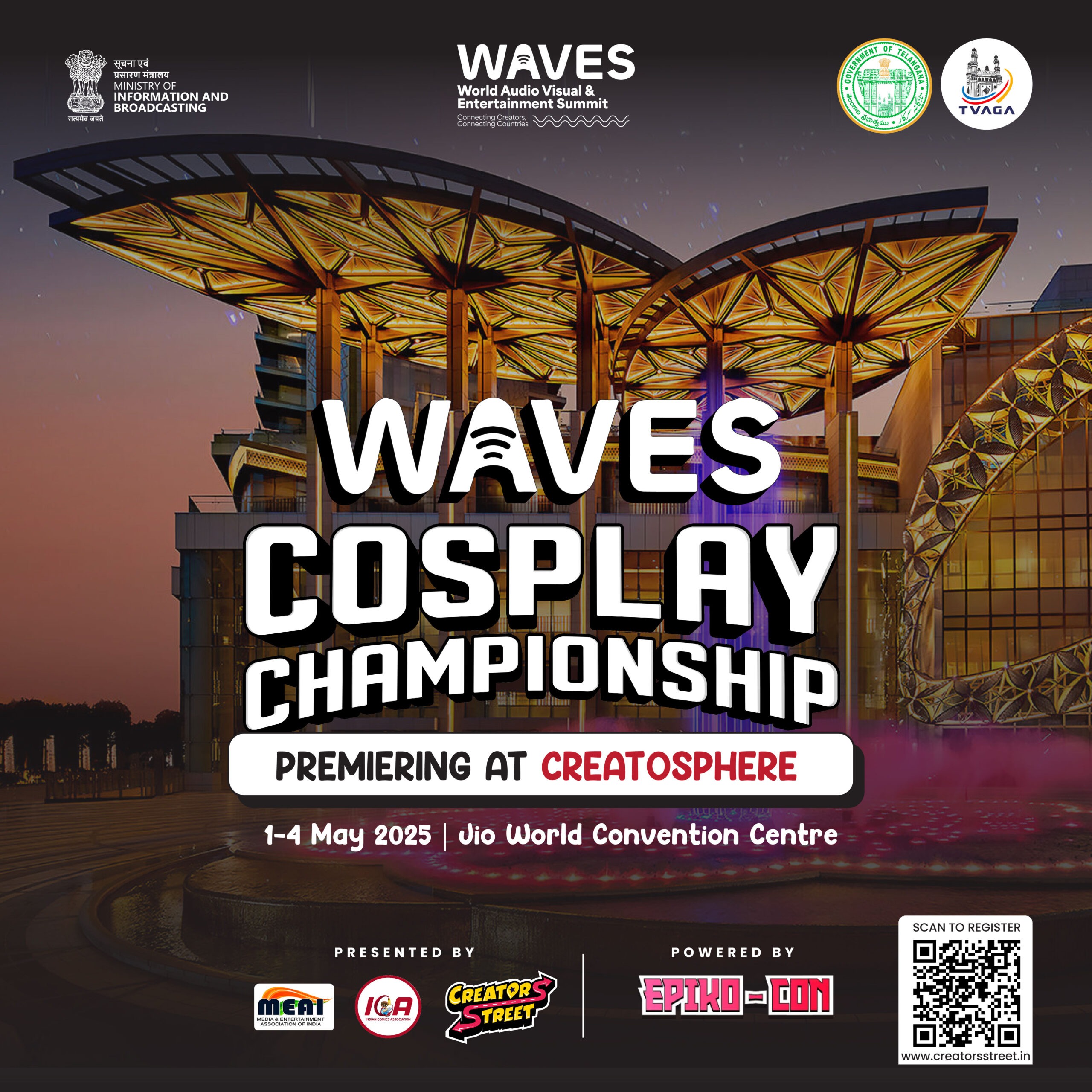Forget hyper-realism—audiences are craving hand-drawn magic again.
In recent years, 2D animation has made a spectacular comeback, driven by films like Spider-Man: Into the Spider-Verse and Puss in Boots: The Last Wish. Contrary to the belief that 3D animation dominates the future, 2D has found a new, modern relevance. A growing number of filmmakers and animators are opting for hybrid techniques, blending 3D models with 2D textures to deliver a unique, visually striking aesthetic that resonates with modern audiences.
The allure of 2D animation lies not only in its nostalgic appeal but also its cost efficiency. Producing 2D animation can be less resource-intensive than 3D, especially when combining it with cutting-edge digital tools. In Spider-Verse, For instance, animators used 3D models of characters, but applied 2D-style textures to make the animation feel more like a moving comic book. This hybrid approach allows for the richness of 3D animation while retaining the warmth and charm of traditional 2D animation.
Moreover, Gen Z—a generation nostalgic for retro aesthetics—has been driving the demand for hand-drawn magic. They crave a visual style that feels familiar yet fresh, which 2D animation perfectly delivers. The resurgence of this style is about more than just style; it’s about connecting with audiences on an emotional level. In an era dominated by hyper-realism, audiences are increasingly turning to the handmade, organic look of 2D animation as a form of artistic expression.

This shift in animation style has profound implications for the industry. Studios are finding that 2D animation, with its emphasis on artistic design and bold visuals, is not just a relic of the past, but a powerful tool for storytelling in the present. From nostalgic remakes to new, genre-defying films, the return of 2D animation has brought fresh creativity to the medium, proving that there is much more to explore beyond the boundaries of 3D.
As studios continue to explore hybrid techniques, 2D animation’s comeback shows that, sometimes, simplicity and charm are all it takes to win over the hearts of audiences. Forget the shiny allure of hyper-realism—audiences want something that speaks to their sense of wonder. They want 2D’s timeless magic back.
Title: Why 2D Animation Is Back (And How It’s Eating 3D’s Lunch)
Hook: Forget hyper-realism—audiences are craving hand-drawn magic again.
In recent years, 2D animation has made a spectacular comeback, driven by films like Spider-Man: Into the Spider-Verse and Puss in Boots: The Last Wish. Contrary to the belief that 3D animation dominates the future, 2D has found a new, modern relevance. A growing number of filmmakers and animators are opting for hybrid techniques, blending 3D models with 2D textures to deliver a unique, visually striking aesthetic that resonates with modern audiences.
The allure of 2D animation lies not only in its nostalgic appeal but also its cost efficiency. Producing 2D animation can be less resource-intensive than 3D, especially when combining it with cutting-edge digital tools. In Spider-Verse, For instance, animators used 3D models of characters, but applied 2D-style textures to make the animation feel more like a moving comic book. This hybrid approach allows for the richness of 3D animation while retaining the warmth and charm of traditional 2D animation.
Moreover, Gen Z—a generation nostalgic for retro aesthetics—has been driving the demand for hand-drawn magic. They crave a visual style that feels familiar yet fresh, which 2D animation perfectly delivers. The resurgence of this style is about more than just style; it’s about connecting with audiences on an emotional level. In an era dominated by hyper-realism, audiences are increasingly turning to the handmade, organic look of 2D animation as a form of artistic expression.
This shift in animation style has profound implications for the industry. Studios are finding that 2D animation, with its emphasis on artistic design and bold visuals, is not just a relic of the past, but a powerful tool for storytelling in the present. From nostalgic remakes to new, genre-defying films, the return of 2D animation has brought fresh creativity to the medium, proving that there is much more to explore beyond the boundaries of 3D.
As studios continue to explore hybrid techniques, 2D animation’s comeback shows that, sometimes, simplicity and charm are all it takes to win over the hearts of audiences. Forget the shiny allure of hyper-realism—audiences want something that speaks to their sense of wonder. They want 2D’s timeless magic back.










